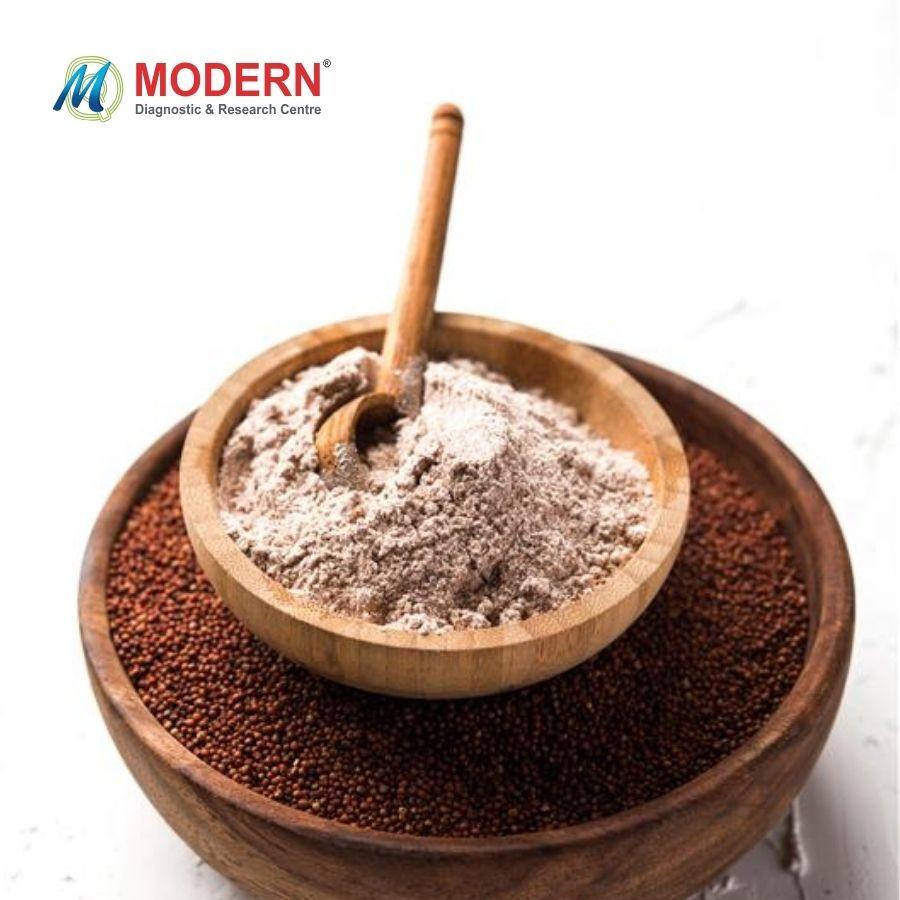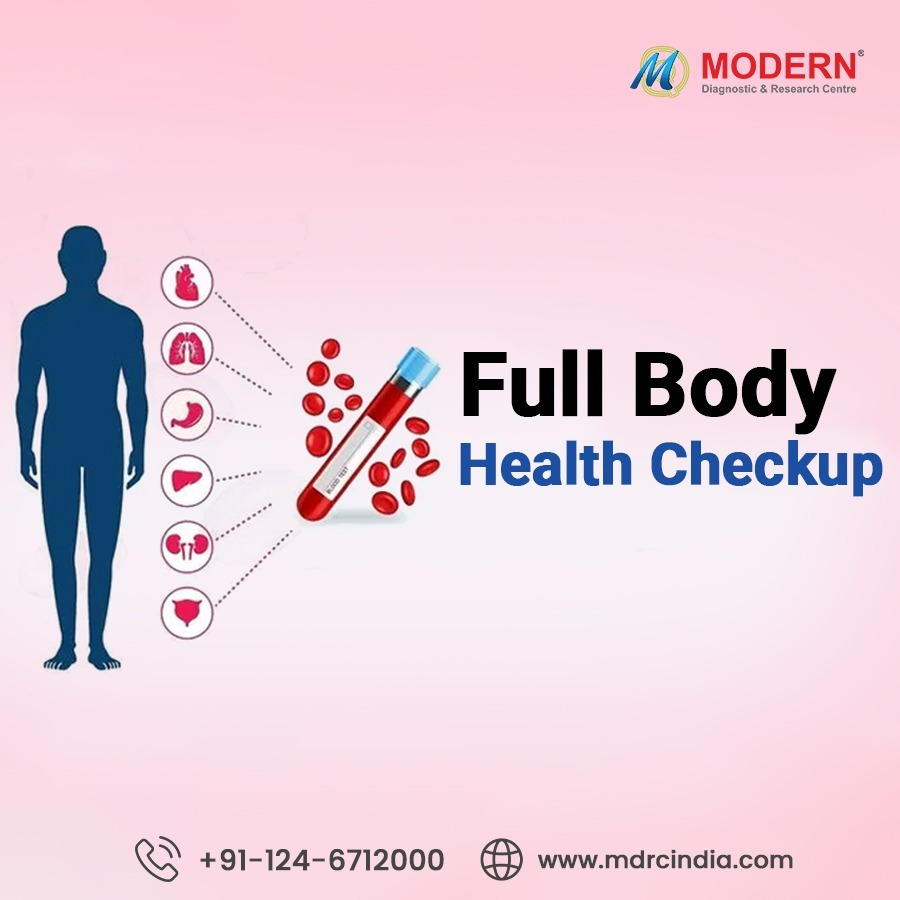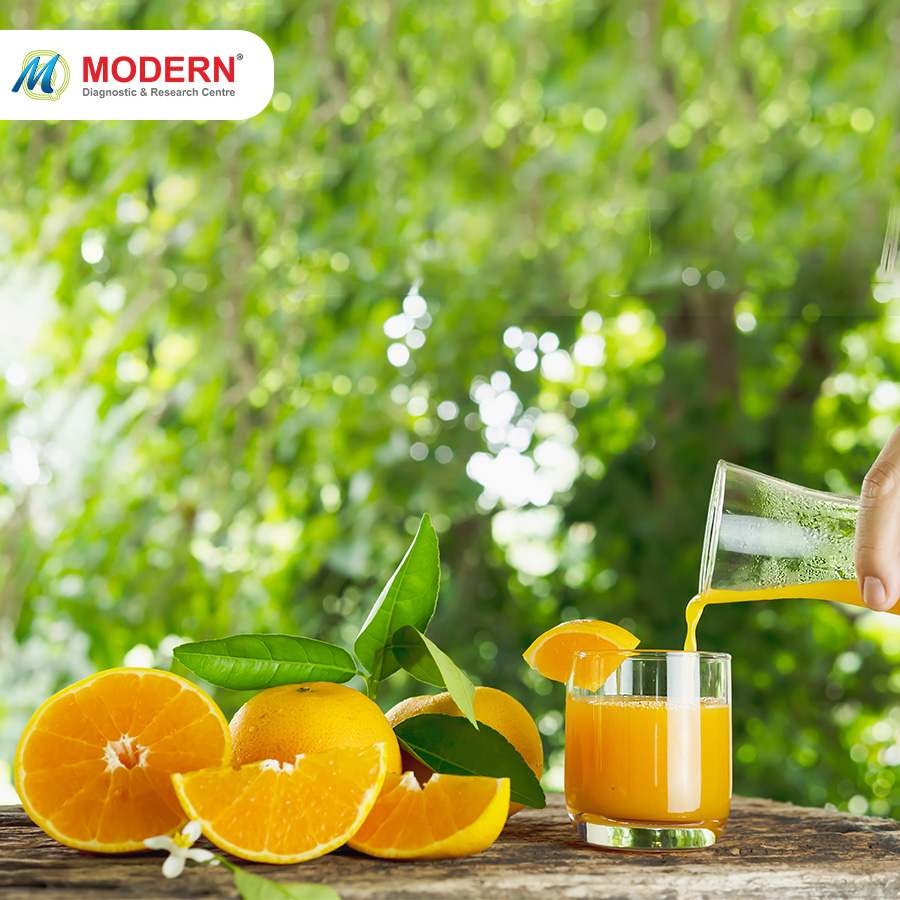Are you looking to add something healthy to your diet? A lot of people in India are looking to add something healthier to their diet, replacing the older, less healthy items on their plate. Well, millets are a good choice to start with; many people are changing their wheat chapatis with thick grain millet flours such as finger millet (ragi) and pearl millet (bajra). In this article, we will look into the trend of reintroduction of these millets, especially ragi, into Indian thalis. Ragi is one of the oldest crops in India, with archaeological evidence dating back thousands of years. It has been a staple in the diets of North Indian, South Indian, and Tribal people for centuries.
Ragi is a superfood with a great nutritional profile. Ragi flour benefits include key nutrients like calcium, iron, fiber, protein, and amino acids in certain amounts. Plus, it is gluten-free and good for digestion, aids your gut health, and improves bowel movement. Known for its rich nutrient profile, ragi flour has earned its place and is making headlines again. Doctors and fitness coaches have been endorsing the idea of substituting wheat flour with ragi for a healthy stomach and digestion.
Nutritional profile of Ragi Flour
Ragi is renowned for its super-exceptional health benefits; it has a rich nutritional content, especially beneficial for bone health, anemia prevention, and overall wellness. Here is a detailed table showing the nutritional values of ragi:
Nutritional value of ragi (per 100 grams)
|
Nutrient |
Amount |
|
Calories |
~336 kcal |
|
Carbohydrates |
~72 g |
|
Dietary Fiber |
~3.6 g |
|
Protein |
~7.3 g |
|
Fat |
~ 1.3 g |
|
Calcium |
~ 344 mg |
|
Iron |
~3.9 mg |
|
Magnesium |
~137 mg |
|
Phosphorus |
~170 mg |
Now, to get a better understanding of ragi flour benefits. Let’s compare it with wheat and rice flour
Nutritional value comparison
|
Nutrient |
Ragi Flour |
Wheat Flour (refined) |
White Rice (cooked) |
|
Calories |
336 kcal |
364 kcal |
130 kcal |
|
Carbohydrates |
72 g |
76 g |
28 g |
|
Dietary Fiber |
3.6 g |
2.7 g |
0.4 g |
|
Protein |
7.3 g |
10-13 g |
2.7 g |
|
Fat |
1.3 g |
1.5 g |
0.3 g |
|
Calcium |
344 mg |
18 mg |
10 mg |
|
Iron |
3.9 mg |
1.2 mg |
0.2 mg |
|
Magnesium |
137 mg |
22 mg |
12 mg |
|
Phosphorus |
170 mg |
89 mg |
43 mg |
|
Potassium |
408 mg |
107 mg |
26 mg |
Points to consider from this comparison are:
Ragi Flour: Ragi is richer in various nutrients than wheat and rice, such as calcium, iron, magnesium, and potassium.
Wheat Flour: Whereas wheat has a higher protein value than ragi and rice, but less in other nutrients.
Cooked Rice: Rice is lower in calories, fiber, and nutrients, but it is also lower in fat content and easy to digest.
Top 10 Ragi Flour Benefits
Ragi flour has various health benefits. Let’s briefly look into several health benefits of eating ragi flour in your diet.
-
Supports Bone Health: Ragi is a good option if you are looking for a non-dairy source of calcium. It helps prevent health conditions like osteoporosis and is good for bone development. Approximately 50 grams of ragi is sufficient to fulfill our daily requirement of calcium and make our bones stronger.
- Manage Diabetes: Ragi is an excellent choice for people with high blood sugar or diabetes. It has a low glycemic index, which helps regulate blood sugar levels and prevent sudden sugar spikes. It also helps to control high blood pressure and adds the required nutrients to your diet.
- Improves heart health: Ragi flour contains low cholesterol and high fiber, which makes it ideal for people with heart issues. Consuming ragi daily helps lower blood pressure and reduce the risks of cardiovascular diseases. It is a rich source of antioxidants to combat oxidative stress and promote overall heart health.
- Aids in weight loss: Ragi is a good supplement for people who are looking to cut down on their food intake to reduce some extra weight. Ragi’s high fiber content keeps you full for a longer duration.
- Enhances digestion: The high fiber content of ragi prevents constipation and promotes good gut health. Daily consumption of ragi regulates your bowel movement.
- Boosts iron level: As we have already discussed, ragi is a better source of iron than refined wheat and rice, which makes it a good choice for people with anemia. Adding ragi to your regular diet to improve hemoglobin levels in your blood.
- Good for growing children: Every parent should introduce ragi to their growing children. Children often like processed and unhealthy junk. Therefore, it is important to have something healthy and rich in protein and calcium for their growing bones and muscles.
- Gluten-free for celiac patients: For people with gluten intolerance or celiac disease, ragi is a good substitute for wheat flour and other gluten products. You can try foods prepared with ragi flour, such as rotis, dosas, and sweets.
- Improves skin health: Ragi is a natural source of amino acids like lysine and methionine, which promote skin elasticity and delay aging.
- Lower cholesterol: The antioxidants and phytochemicals present in ragi help reduce oxidative stress and prevent the oxidation of LDL cholesterol, known as bad cholesterol.
Who Should Include Ragi in Their Diet?
- Ragi is suitable for diabetic patients, individuals with gluten intolerance, children, and the elderly.
- People monitoring their food intake to lose extra weight can also try ragi flour.
How to Use Ragi Flour in Everyday Cooking
- Traditionally, ragi is used for making rotis, dosas, and porridge.
- But now, to meet the taste of your younger ones, you can try ragi cookies, pancakes, and energy bars.
- Some other dishes like smoothies, baby food, and protein ladoos are also quite popular among kids.
Precautions and Considerations
- Ragi has multiple health benefits, but we should consume it in moderation. Excessive intake may cause kidney stones due to oxalates.
- If you have a specific condition or allergy, consult with a dietitian before including ragi.
- Even if something is healthy and beneficial, consuming it in moderation is key to making the most of it.
Keep a check on your Cholesterol
If you are making dietary changes like including ragi. It is also important to monitor the changes reflected in your diet. Cholesterol problems are becoming a headache for people in their 40s. High cholesterol level is an open invitation to various cardiovascular diseases. Therefore, it is crucial to keep an eye on your cholesterol level.
A lipid profile test is the best option to check and evaluate the cholesterol level in your blood and understand the potential risk of cardiovascular diseases. At Modern Diagnostic, we offer facilities like home sample collection, convenient booking, and digital reports. Let your health journey with ragi be backed by real data.
Let Ragi Flour Power Your Daily Nutrition
Ragi is a super supplement filled with various nutrients that offer numerous health benefits. It is rich in calcium, fiber, iron and contains essential amino acids and antioxidants. Ragi is a multipurpose millet as it helps improve your gut health, digestion, and bone development, and control diabetes and cholesterol.
Therefore, you should replace your refined wheat flour with extra nutrient-packed ragi flour in your diet. Lifestyle diseases like diabetes, high blood pressure, and high cholesterol are increasing like never before. Therefore, it is important to make certain changes, like introducing Ragi in your diet. And you can also pick a good habit of regular full body checkups to better understand your diet or the changes you are making, and impact your overall health.

















